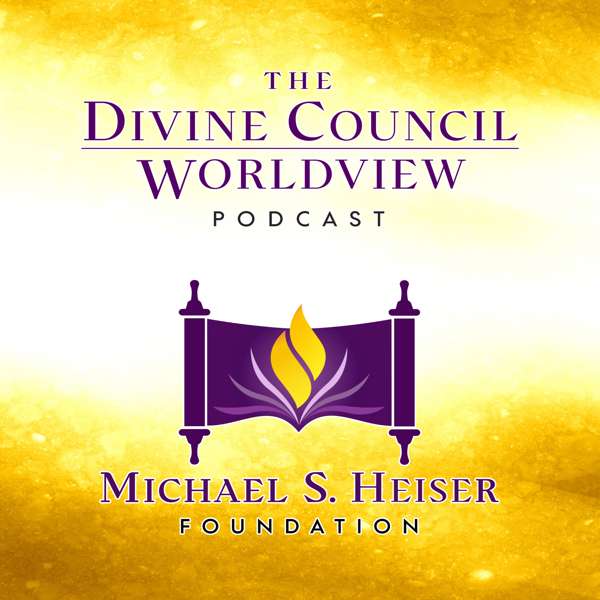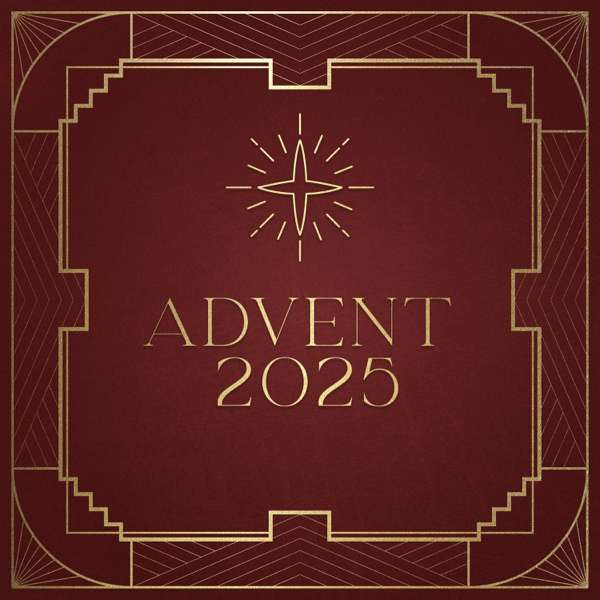On June 24, 1981, a clear Wednesday afternoon, some young people went up Podbrdo Hill near the small hamlet of Medjugorje in then Yugoslavia. When they came down, they told people they saw "the Gospa," (Croatian for "Our Lady"). A few more joined them, and it happened again.
And again. And again.
Today, three decades later, the six teen-aged seers are middle-aged adults and are still getting these visitations with their alleged secrets and signs. A global movement supporting these visions has been selling the phenomenon as real, in the face of the official stance of the Catholic Church.
What is the official stance? What is the truth about Medjugorje? I spoke with British historian and researcher Donal Foley about the whole story behind the visions, about the assessment by the local bishops (and every official commission that ever investigated the seers' claims), and about the criteria the Church uses to approve or condemn private apparitions.
There are undoubtedly good fruits associated about some of the more disturbingly bad fruits of Medjugorje. We can start with that: there are good fruits, and that is GREAT. There is much more to the story, including some very bad fruits.
His book Medjugorje Revisited: 30 Years of Visions or Religious Fraud? is a must-read for anyone interested in the most popular unapproved apparition in history. It is the definitive account. (Full disclosure: I wrote the Preface).
There are three groups of people on the Medjugorje spectrum: 1) true believer zealots; 2) sarcastic naysayers; and 3) the much larger group in the middle—people who are either on the fence, ignorant of the details, or who don't care one way or the other. This two-part series is meant for that much larger middle group.
One American theologian told me privately, "Medjugorje is not only unapprovable; it's a giant tar baby. Whoever touches it gets sticky tar all over himself." So why am I doing it anyway? Clickbait? Attention? Not even close. As I'm sure my comment box will reflect, that first group, the fanatics—mercifully small in number—will provide lots of "attention," all of it hostile and negative. They cannot can't abide any information getting out there that contradicts almost four decades of propaganda.
The Medjugorje Movement dominates the publishing and internet world, fleeces good people of millions of dollars based on half-truths and outright lies, and people have a right to know a fuller account of the story. In the scores of books and websites that peddle the phenomenon, you will not find references to its serious problems, and so pilgrims are kept largely in the dark. This is a problem.
I have dear friends whom I love and respect who believe the Blessed Virgin Mary continues to appear to the seers. There's no soft way to say that the Church has never wavered in the official judgment, however, starting with the late Bishop Pavao Zanic, and now Bishop Ratko Peric of the Diocese of Mostar-Duvno (to whom the Church gives the right and duty to judge apparitions). The Latin phrase is non constat de supernaturalitate, meaning, "it is not established that anything supernatural is happening." It is a negative judgment, and the Church has never wavered in giving it.
Why negative? Medjugorje enthusiasts are quick to claim that it simply means something like, "Wait and see the final approval; in the meantime, go there so you, too, can discover that the Blessed Mother is appearing." That logic won't work, for the same reason that if a man asks a woman to marry him and she replies, "Let me get back to you" -- that's a no. He's only engaged after she says yes.
The fact that more than one commission has been set up by Church authorities stems not from "doubt about the disbelieving local bishop," nor did the Vatican "take it out of his hands." The Movement repeats this mantra frequently. The real reason for additional commissions is disobedience to the judgment itself, as the local Ordinaries have been dealing with fanatical attachment to the visions from the get-go.
Despite the spiritual bullying that some of the zealots employ, it is perfectly fine for Catholics to disbelieve the claims of Medjugorje, as even approved apparitions like Fatima and Lourdes are not binding on the faithful.
As this is being written, the results of the investigative Ruini Commission (chaired by Cardinal Camillo Ruini of Rome and initiated by Pope Benedict XVI in 2009) have been on the desk of Pope Francis for two years. A rumor floated around the internet last year that the Commission is set to approve "the first seven" apparitions—a rumor based on information leaked to a pro-Medjugorje Italian journalist)
In addition to my interview this week with Donal Foley, interested readers need to read this summary regarding that first week in late June, 1981, compiled by Bishop Ratko Peric. The summary is based on the taped interviews with the seers. It's devastating evidence against the claims of Medjugorje, particularly the first seven apparitions.
Please note that this is not an "anti-Medjugorje" position. It's a pro-Catholic one. As with most disputes in the Church, this one is about authority. The legitimate authority of the local bishop, His Excellency Ratko Peric, has been rejected, derided, and, in one instance, through a physical attacked. Not exactly a good fruit.
I pray this conversation with Mr. Foley will be of great value to you and I highly recommend his comprehensive book on the matter, and also his Marian Apparitions, the Bible, and the Modern World.
In this episode you will learn
- The long history of disobedience by the Franciscans serving in the local Diocese.
- The official judgment of the Church, what it means, and why it is so.
- The disturbing, occultic elements of the visions of Medjugorje you won't read about in pro-Medjugorje websites and books.
- Why ex-Franciscan friar Tomislav Vlasic, the original self-described spiritual director of the seers, was defrocked in 2009 by Pope Benedict XVI (this is the man of whom "the Gospa" told the seers, "Thank Tomislav very much for he is guiding you very well. Go in the peace of God, my angels!" —February 28, 1982)
- Why the Church does not bind the faithful even to approved private apparitions.
Resources mentioned in this episode
Marian Apparitions, the Bible, and the Modern World by Donal Foley
Medjugorje Revisited: 30 Years of Visions or Religious Fraud? By Donal Foley
The Medjugorje Deception: Queen of Peace, Ethnic Cleansing, Ruined Lives by Dr. E. Michael Jones
VERY IMPORTANT TO READ: Bishop Ratko Peric, the local Ordinary has compiled the following summary of the first week of apparitions here:
http://md-tm.ba/clanci/first-seven-days-apparitions-medjugorje
Join the Conversation
Question of the week:
With the embarrassment of riches we already have—the Blessed Trinity, the sacraments, the papacy, the magisterium, the Holy Bible, approved apparitions—why do some people still attach themselves to unapproved apparitions?
Next week's episode, Part 2, where questions solicited from Facebook cheerfully answered! Don't miss it.
Don't forget to Subscribe to the show in YouTube, as well as the podcast so you can get the weekly show updates. Check the podcast in iTunes and other podcast directories, please leave an honest review.
Ratings and reviews are extremely helpful and greatly appreciated!

 Our TOPPODCAST Picks
Our TOPPODCAST Picks  Stay Connected
Stay Connected







